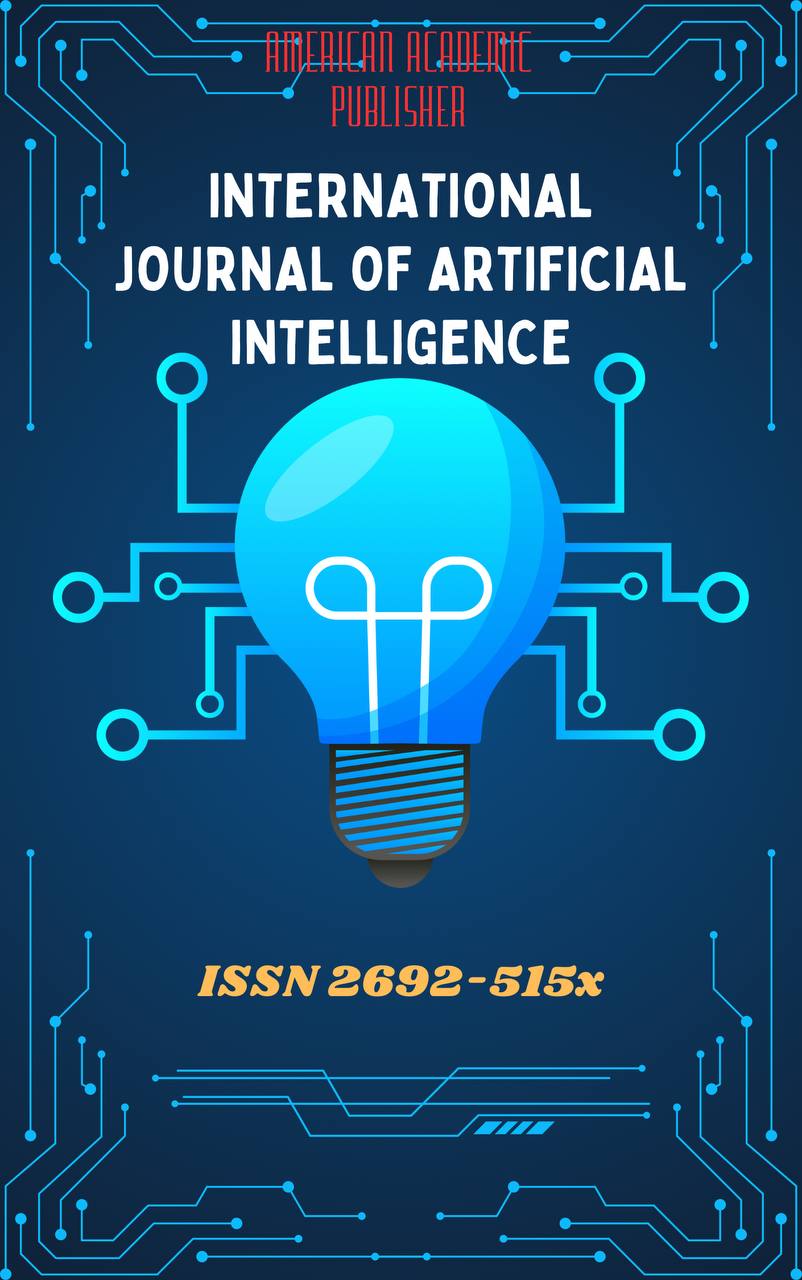 Articles
| Open Access |
Articles
| Open Access | ECO-INNOVATIONS IN SERVICES: SUSTAINABLE DEVELOPMENT AND BUSINESS MODELS
Nasirov Dilshod Farhadovich , Teacher of SamIES Iskandarov Rukhshona , Student of SamIESAbstract
Eco-innovations in services have emerged as a critical element in achieving sustainable development, especially in the context of a rapidly changing global economy. These innovations focus on integrating environmental considerations into the business models of service industries while promoting long-term economic growth, social equity, and environmental protection. As businesses face increasing pressure to reduce their carbon footprint and adapt to evolving consumer demands, eco-innovations offer valuable opportunities for differentiation, efficiency, and resilience. This paper explores the role of eco-innovations in services, their impact on sustainable development, and how businesses can adapt their models to foster green innovation for a sustainable future.
Keywords
Eco-innovations, Sustainable development, Business models, Green economy, Service industry, Environmental sustainability
References
Bocken, N. M. P., & Short, S. W. (2016). Towards a sufficiency-driven business model: Experiences and opportunities. Environmental Innovation and Societal Transitions, 18, 41-61.
Chou, S. Y., & Wang, W. C. (2015). The effects of green innovation on environmental and business performance: A case study of Taiwanese firms. Journal of Cleaner Production, 98, 300-311.
Dangelico, R. M., & Pujari, D. (2010). Mainstreaming green product innovation: Why and how companies integrate environmental sustainability. Journal of Business Ethics, 95(3), 471-486.
Hojnik, J., & Ruzzier, M. (2016). The role of eco-innovation in the service sector: A systematic literature review. Journal of Cleaner Production, 139, 1184-1193.
Lahti, T., & Tapio, P. (2013). Eco-innovation and sustainable development. Sustainability, 5(10), 4366-4383.
Martínez-Ros, E., & García-Álvarez, A. (2019). Innovation in service firms: The effect of eco-innovation on competitiveness and financial performance. Technological Forecasting and Social Change, 146, 143-153.
Насиров, Д. Ф. (2024). Механизм Привлечения Иностранных Инвестиций. Scientific Journal of Actuarial Finance and Accounting, 4(03), 461-467.
Насиров, Д. Ф. (2024). Инвестиции В Стартапы. International journal of scientific researchers (IJSR) INDEXING, 5(1), 372-374.
Насиров, Д. Ф. (2023). Инновации И Инвестиции: Путь Развития Правильного Вложения. In The Role of Technical Sciences in IV Industrial Civilization: International Scientific and Practical Conference (UK) (Vol. 3, pp. 9-11).
Насиров, Д. (2023). Пути организации инновационных процессов в Узбекистане. YASHIL IQTISODIYOT VA TARAQQIYOT, 1(10).
Nasirov, B., & Ortiqov, O. (2024). XX ASRNING 20-80 YILLARIDA O ‘ZBEKISTONDA IJTIMOIY-MAISHIY INFRASTRUKTURA MUASSASALAR FAOLIYATI TARIXIDAN. International Journal of scientific and Applied Research, 1(3), 414-418.
Farkhodovich, N. D. (2024). Opportunities For Mutually Beneficial Cooperation Between Uzbekistan and the United Kingdom.
Farkhodovich, N. D. (2024). Opportunities For Mutually Beneficial Cooperation Between Uzbekistan and the United Kingdom.
Насиров, Д. (2023). Роли банков в повышении привлекательности инвестиционной среды в Узбекистане. YASHIL IQTISODIYOT VA TARAQQIYOT, 1(11-12).
Botirovich, M. A., & Farxadovich, N. D. (2023). ANALYSIS OF HUMAN CAPITAL INVESTMENTS. Gospodarka i Innowacje., 41, 25-28.
Nasirov, D. (2023). Psychological And Linguistic Factors In The Process Of Teaching The English Vocabulary. PERFECT EDUCATION FAIRY, 1(1), 10-14.
Насирова, Д., Нурахмет, Б., & Жарылкасын, Л. (2022). ИССЛЕДОВАНИЕ ПОВЕРХНОСТИ МОНОКРИСТАЛЛИЧЕСКОГО КРЕМНИЯ ПОСРЕДСТВОМ АТОМНО-СИЛОВОЙ МИКРОСКОПИИ И АНАЛИЗ ПО ИСПОЛЬЗОВАНИЮ ЕЕ В КОСМИЧЕСКИХ ТЕХНОЛОГИЯХ. Norwegian Journal of Development of the International Science, (81), 37-42.
Alibekova, S. L., & Nasirov, D. F. (2021). Problems Of Development Of International Mountain Tourism In Uzbekistan. The American Journal of Engineering and Technology, 3(03), 17-22.
Article Statistics
Downloads
Copyright License

This work is licensed under a Creative Commons Attribution 4.0 International License.

